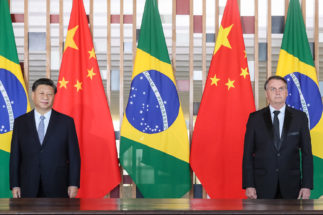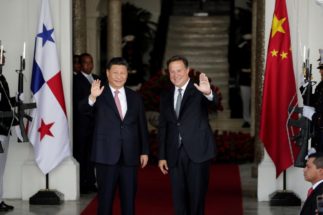The ongoing spread of Covid-19, which is thought to have originated from a wet market in the Chinese city of Wuhan, is focusing increased attention on human interactions with wildlife. In February, scientists pointed to pangolins as a possible source of the virus, although new research has now questioned this link. The critically endangered mammal, most likely illegally smuggled into China for use in traditional Chinese medicine and as bushmeat, was one of many wild animal species thought to be on sale in the Wuhan market.
As part of their response to the virus, the Chinese authorities rushed in a temporary ban on the consumption of all wild animal meat. The prohibition is expected to be included in revisions to the country’s Wildlife Protection Law later this year. But it does not apply to wild animal parts used in traditional Chinese medicine or ornamental items. It also does nothing to mitigate the myriad other threats facing wildlife across the world as a result of human activity – the demand for exotic pets, the use of wild animals for entertainment and the destruction of habitats.
A new book, published bilingually in English and Chinese late last year, seeks to raise awareness of all these issues in an effort to end wildlife crime within our lifetimes. Photographers Against Wildlife Crime is an eye-opening collection of over 130 images by some of the world’s best-known wildlife and environmental photographers.
Originally published in English in 2018, the new bilingual version is affirmation of the central role China could play in global efforts to protect wildlife. Chinese demand is one of the main drivers behind global trafficking in wildlife and wild animal parts, which photographer Britta Jaschinski calls “the world’s fourth largest organised crime”. Ending this trade is key to determining what naturalist David Attenborough, quoted in the book, calls “the fate of all life on the planet”.
Below are some of the photos that make this collection so special.

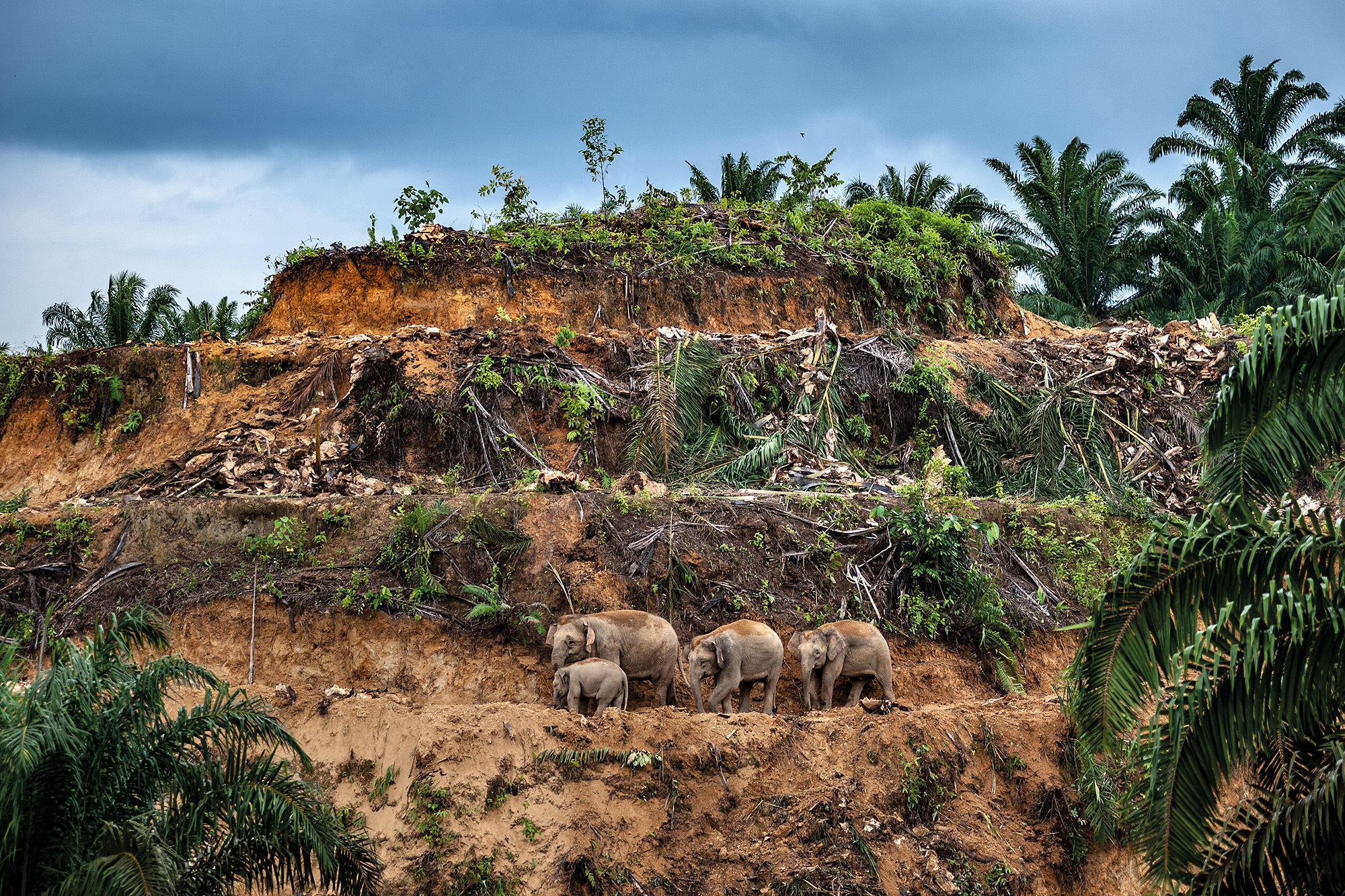
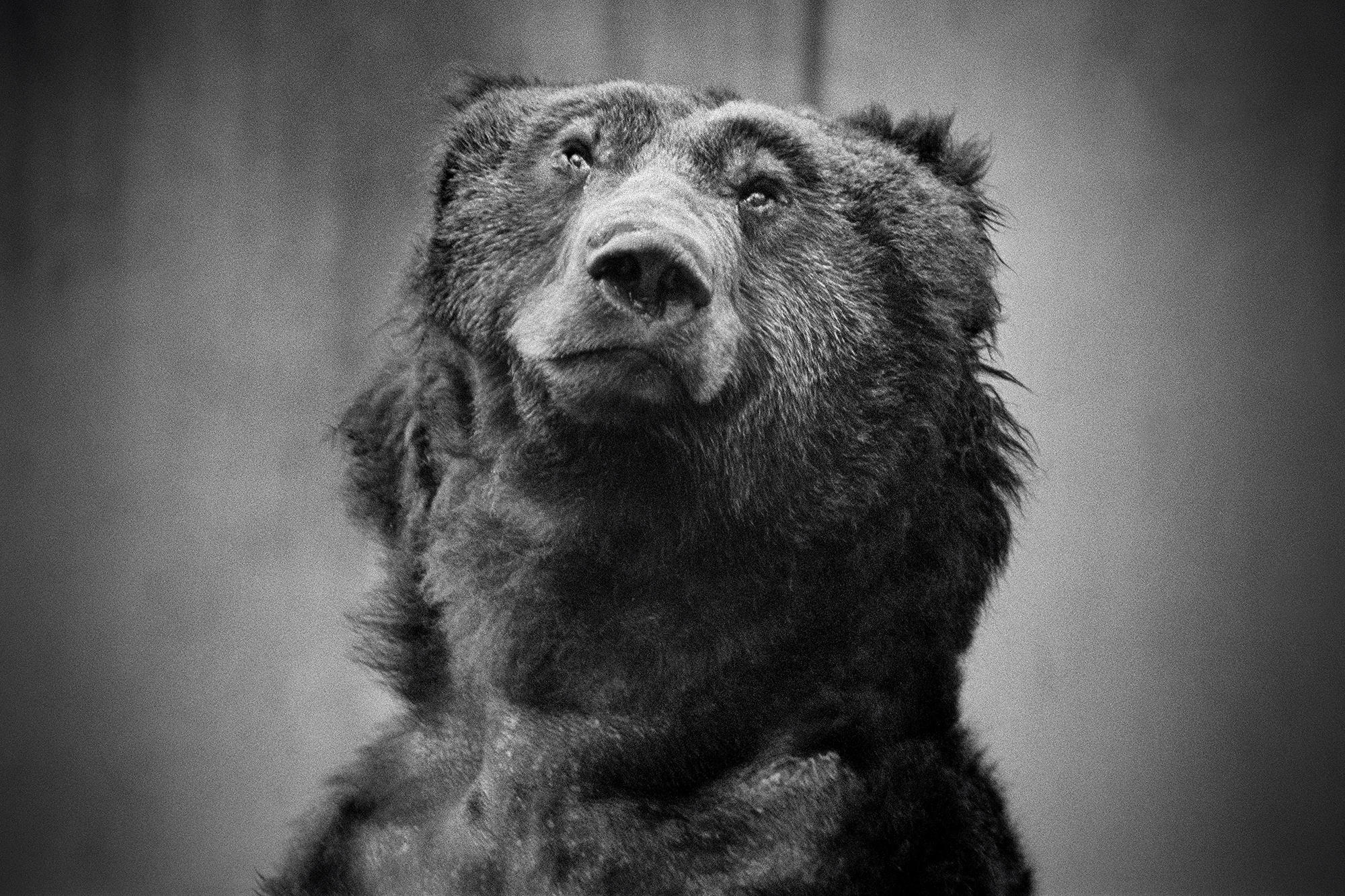
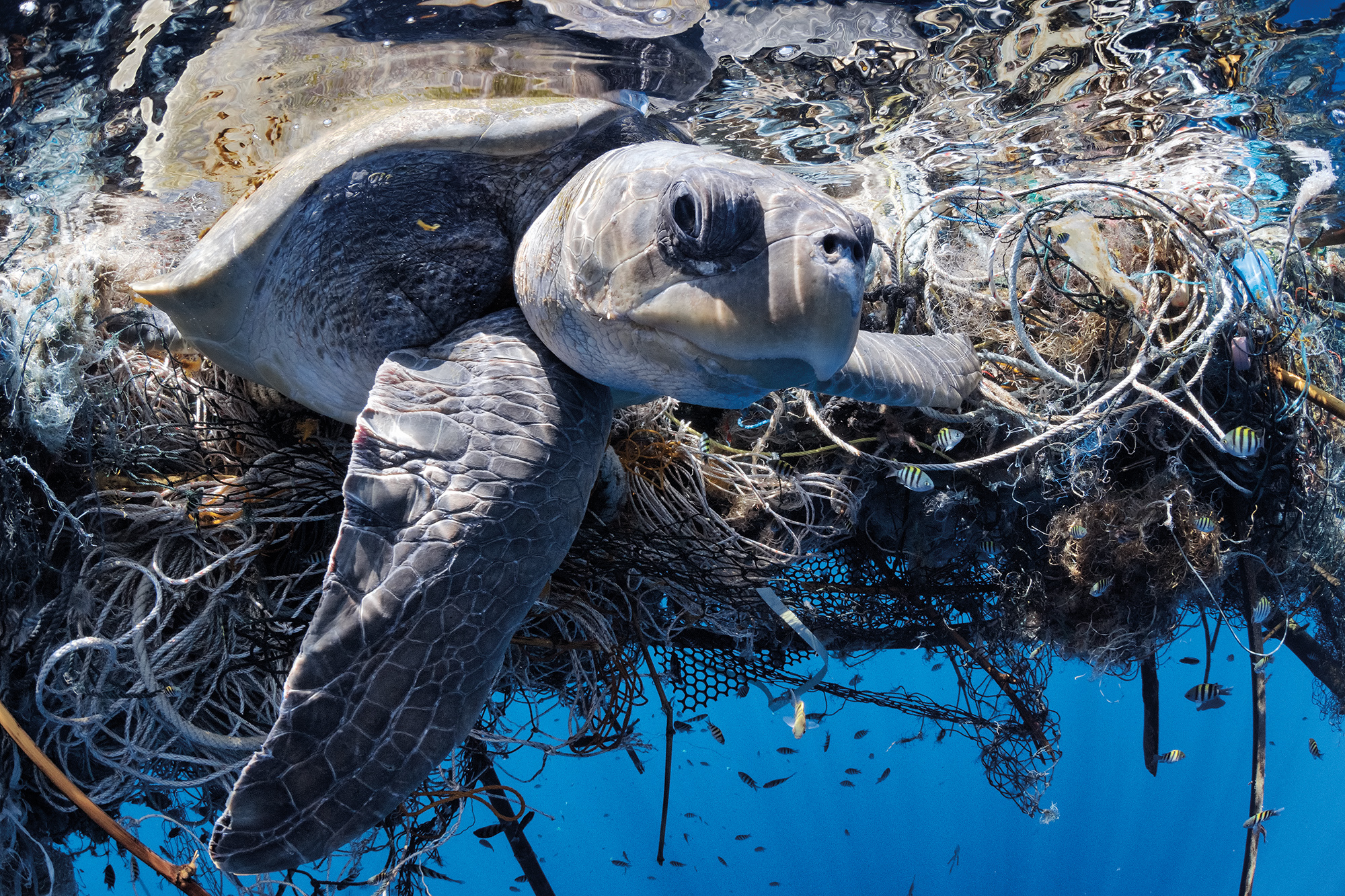




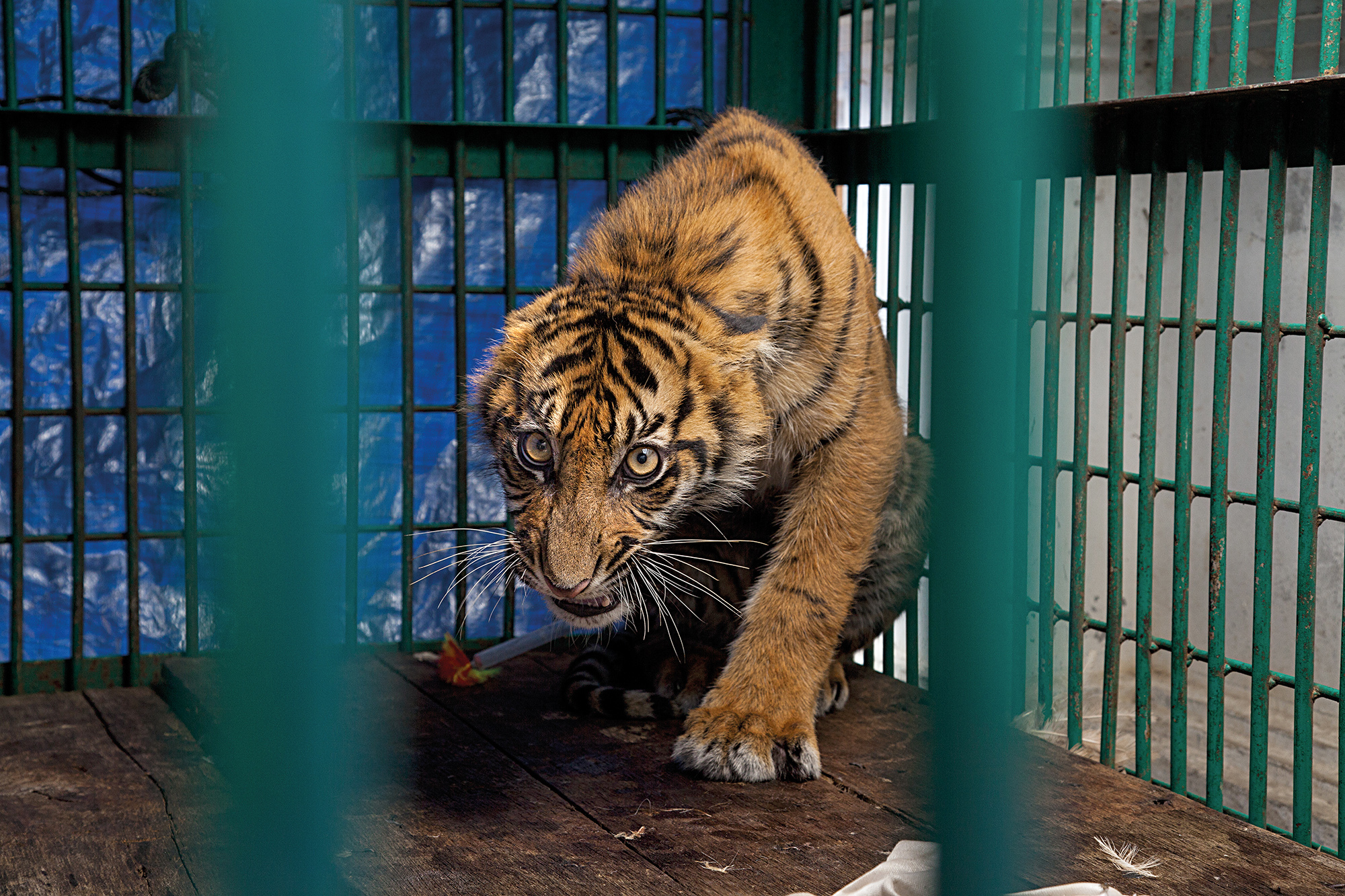
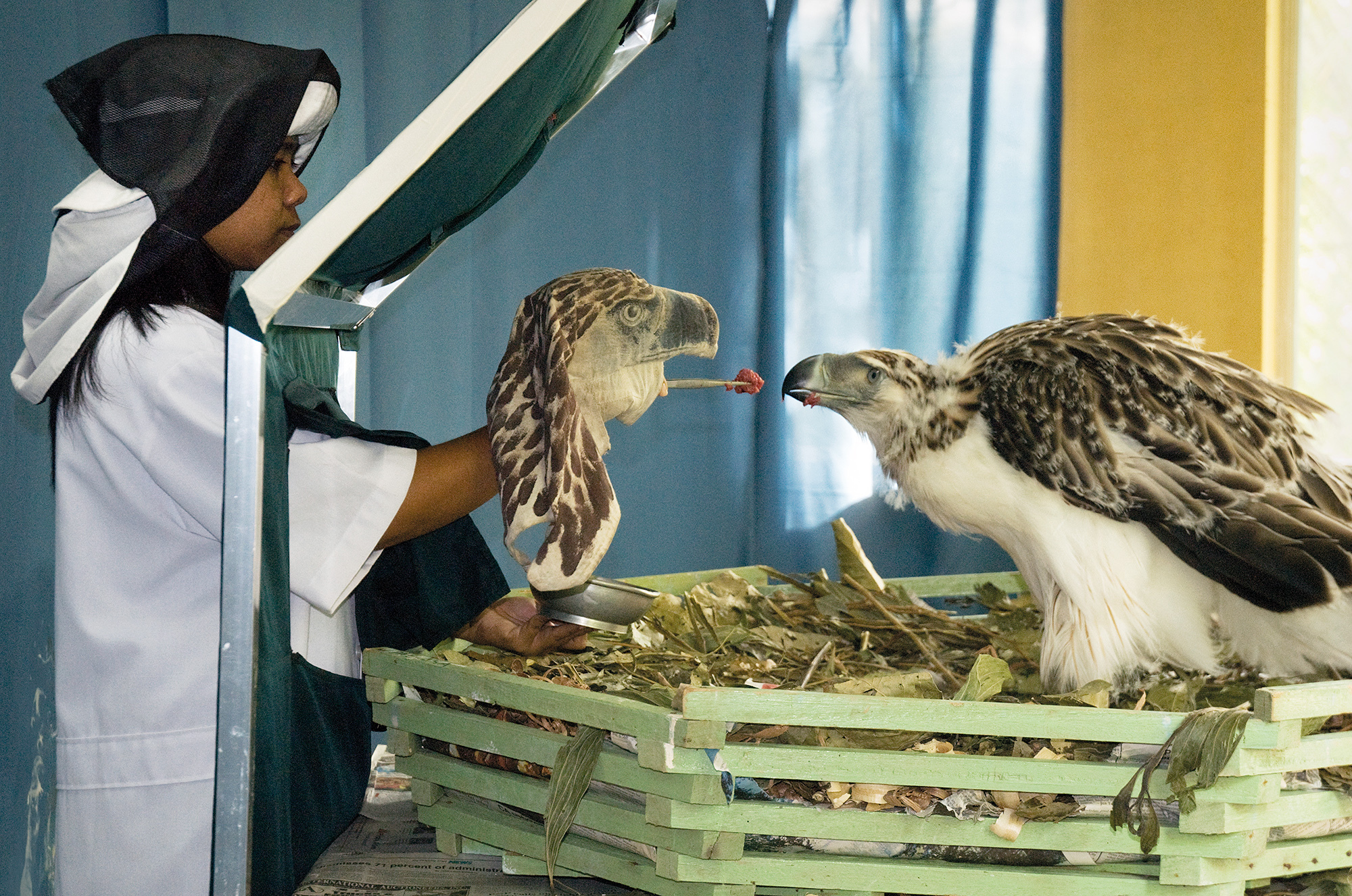
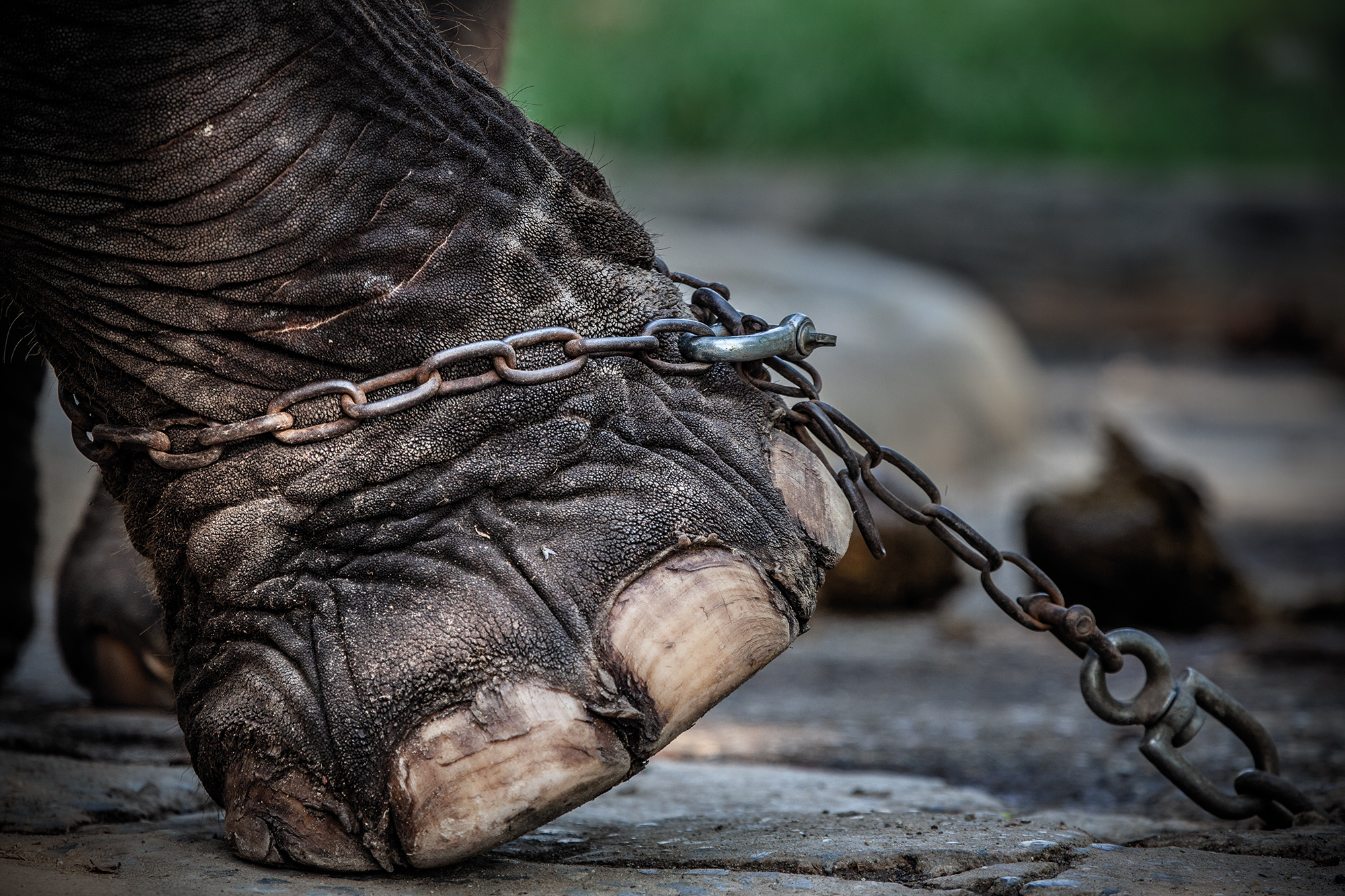


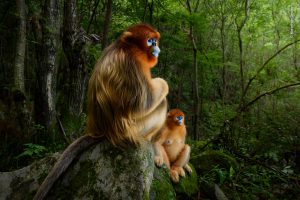
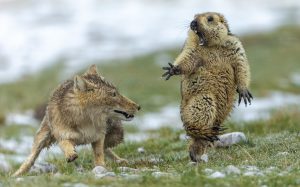
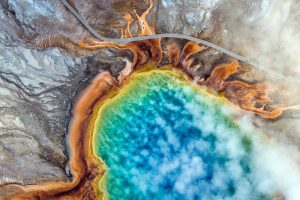
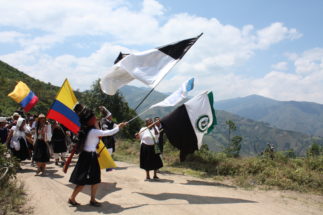
![Downstream of the dam site of the 50 MW Upper Marsyangdi A hydro project in Nygdi. A stretch of about six kilometres has gone dry [All images by: Nabin Baral]](https://dialogue.earth/content/uploads/2020/03/Dying-Marsyangdi-5-300x200.jpg)
